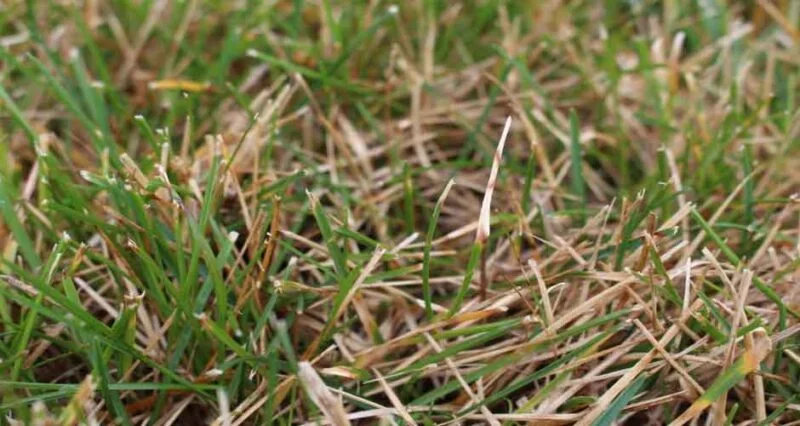
As a homeowner, there’s nothing more frustrating than fungi and pests taking over your yard. Fungi can damage plants and quickly invade a yard, causing brown patches, dollar spots, and other unsightly harm.
Fortunately, applying a lawn fungicide can help prevent these diseases and kill any invasive spores and fungi. But for the most effective control, it’s crucial to correctly and safely apply lawn fungicide.
Here are three common mistakes to avoid to ensure the best results when applying a lawn fungicide.
Misidentifying What Your Yard Needs
Pests, fungi, weeds, and more can all wreak havoc throughout a healthy yard. While these unwanted plants and diseases can be fixed with a variety of pesticides, it’s necessary to identify exactly what’s growing in your garden to find the best product for your needs.
Using the wrong product wastes a lot of time, money, and energy when trying to get rid of a lawn disease. Be sure to take a close look at your yard to identify if you have weeds, a fungi disease, or another pest or insect.
Lawn diseases such as large brown patches, dead spots, and leaf spots are caused by fungi. If this matches what you’re seeing in your yard, applying a fungicide is the right move. And while some fungicides are more selective in the diseases they control, there are also plenty of options that cover a vast range of warm and cool-season turf diseases.
Not Applying the Product Correctly
For the most effective treatment possible, there are a few factors to consider when purchasing and applying fungicide to your grass.
First, you want to avoid over spraying or skipping infected areas. Over spraying can be costly and oversaturate your grass, and missing sections of your yard will allow fungi to continue to spread. Combining tools such as marker dye with your fungicide will ensure you’re spraying your yard evenly for the best possible results.
It’s also important to ensure you’re choosing a product that works for your needs. Fungicides come in both granular and liquid form, so take the form and application method into consideration when purchasing and applying a fungicide.
Not Treating the Underlying Issues
If dollar spots and large patches have already appeared in your yard, lawn fungicide is an effective way to quickly knock out the diseases without harming other grass and plants. But by addressing the underlying issues that cause fungi to grow, you can stop these diseases in their tracks.
Fungicide such as Pillar SC Liquid Fungicide can be used as a preventative tool to protect your garden and avoid conditions that allow pests and fungi to thrive. Wet lawns and leaves are a major cause of fungi, so applying fungicide before heavy rainfall can address the underlying causes as opposed to simply treating the symptoms.
Keep in mind that while fungicide can protect your yard, it doesn’t repair the damage caused by fungi infections. For a healthy and strong yard, remember to reseed where the infection impacted your grass.
The Bottom Line
While lawn fungicide can be a fast-acting solution to an invasion in your lawn, be sure to avoid these three mistakes for the best possible results. Use this guide to ensure you’re getting rid of any fungi diseases and keeping your yard in great shape.

